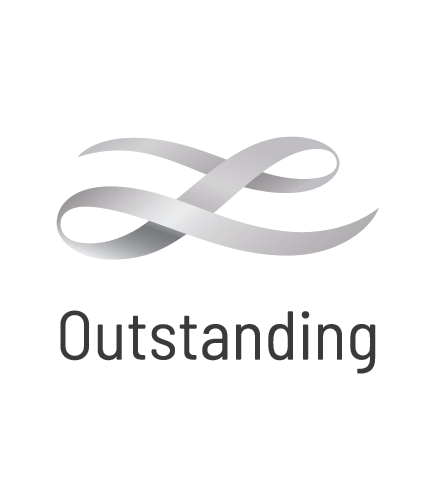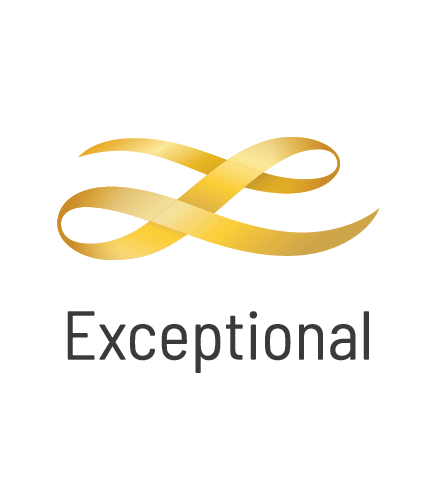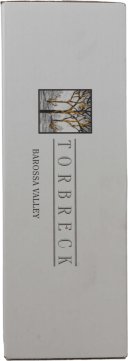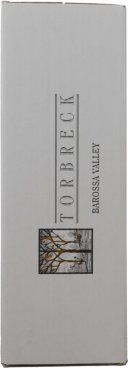Chateau Margaux 1er cru classe
Château Margaux is a 1er Cru Classé (first growth) estate of Bordeaux. The Grand Vin is renowned for its enthralling perfumed elegance, finesse and layered complexity. A Cabernet Sauvignon blend with a minor component of Merlot and a smattering of Cabernet Franc and Petit Verdot, fermentation occurs in oak vats followed by maturation in 100% new barrels for approximately 22 months. Since its acquisition in 1978 by the Mentzelopoulos family, the quality and international reputation of Château Margaux has soared to even greater heights.
Henschke Hill of Roses Shiraz
HENSCHKE Hill of Roses Shiraz, Eden Valley Henschke Portfolio >
Opus One
The 2014 Opus One exudes subtle aromas of fragrant florals, fresh garden herbs and forest floor that give way to a concentrated blend of red cherry, blackberry and black currant. Fine-grained tannins offer a velvety texture and complex structure that builds to a long, vibrantly fresh finish with a touch of mocha. Enjoyable now, the wine will delight for years to come. Oakville, California: Home to some of the most sought-after Cabernet Sauvignon in America, Napa Valley's Oakville district stretches across the center of Napa's valley floor and foothills between the Vaca and Mayacamas Mountains. This AVA is home to the legendary To Kalon Vineyard and Martha's Vineyard, as well as many powerhouse wineries including Screaming Eagle, Silver Oak, Robert Mondavi, Opus One, Far Niente and Groth. The climate is generally warm and agreeable, resulting in year after year of favorable vintages. Summer days see a gentle tug of war between warmer inland air and the cool air coming in from the San Pablo Bay, creating an ideal environment to grow red varieties. Oakville's diverse soils, namely ancient sea bedrock, clay and gravel, are well-drained, and perfect for high-caliber viticulture. Cabernet here is often bottled varietally but is also popular in Bordeaux Blends. Oakville wines are known for their silky, sensual textures, structured tannins, dark and brooding fruit and lovely aromatics. These age-worthy and prestigious wines are favored by collectors throughout the world.
Greenock Creek Roennfeldt Road Shiraz
Although this wine is plush, dense and rich, it possesses a compelling percussion and balance. Right up there with Grange and Hill Of Grace as one of Australia's best Shiraz, and from one of the greatest vintages too!
Torbreck RunRig Shiraz
The flagship of the Torbreck stable. Recently been elevated to 'Exceptional' status in Langton's Fine Wine Classification, it is a wine of utmost power and density. Famous for rich concentration and opulent power, this exceptional Australian Shiraz is as popular abroad as it is at home. Definitely one to place in the cellar and simply forget about - let the patience reward you over 10 or more years time.
Bouchard Père & Fils Chambertin-Clos-de-Beze Grand Cru
Penfolds 802.A Superblend
Penfolds 802.B Superblend
Bass Phillip Reserve Pinot Noir
Australian Pinot Noir does not get any better than the wines produced by Phillip Jones at the iconic Bass Phillip winery. A Pinot Noir of utmoust power and elegance, the rival to any great Burgundy. Rated in the top classification in Langton's Classification of Australian Wine, Bass Phillip Pinot Noir is riddled with complex flavours of strawberry, violets, rose petal and forest floor. The length of palate is immortal.
























































